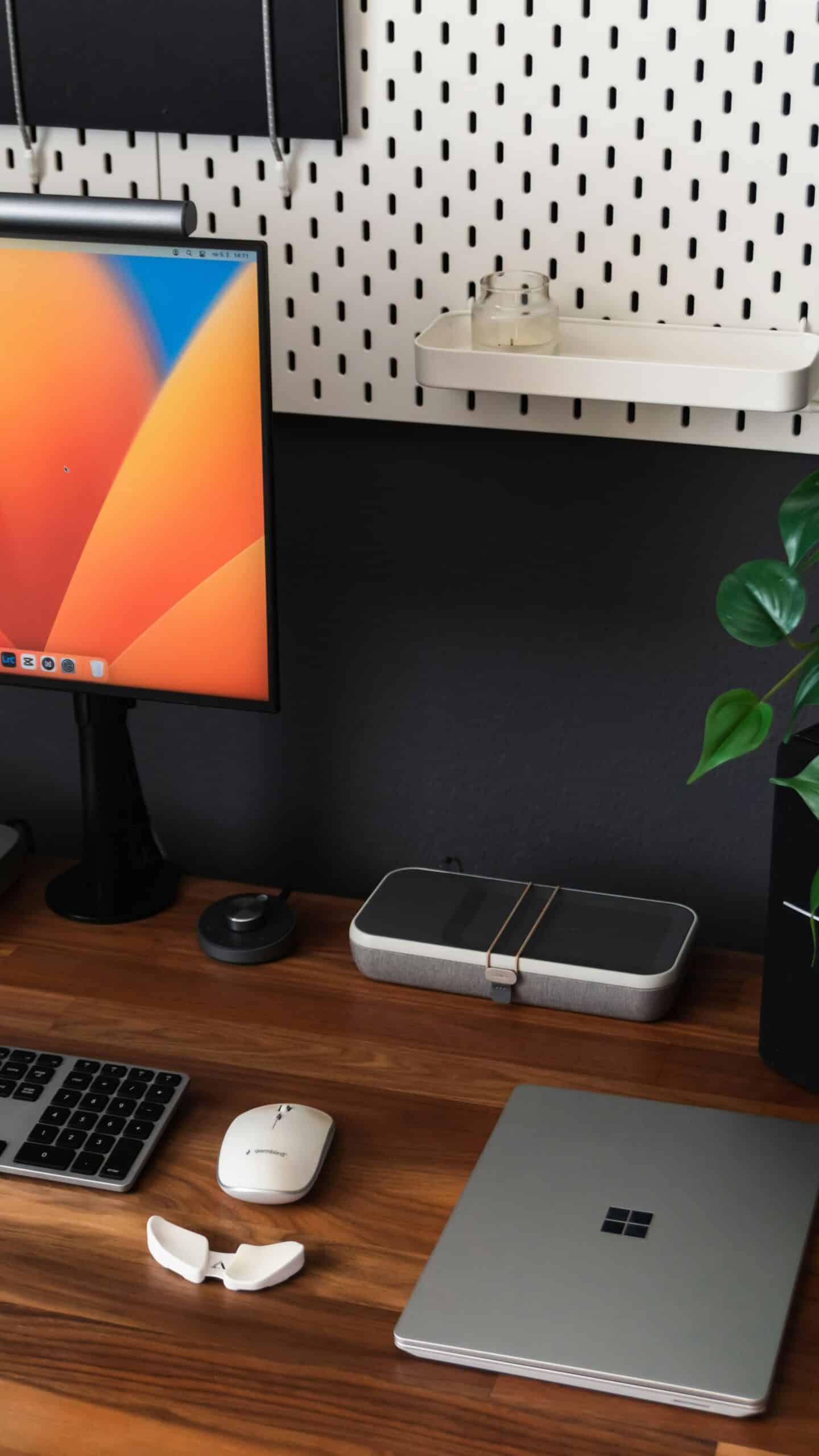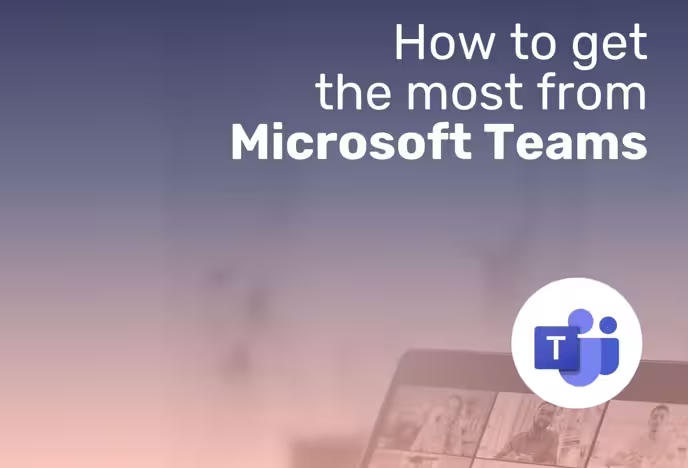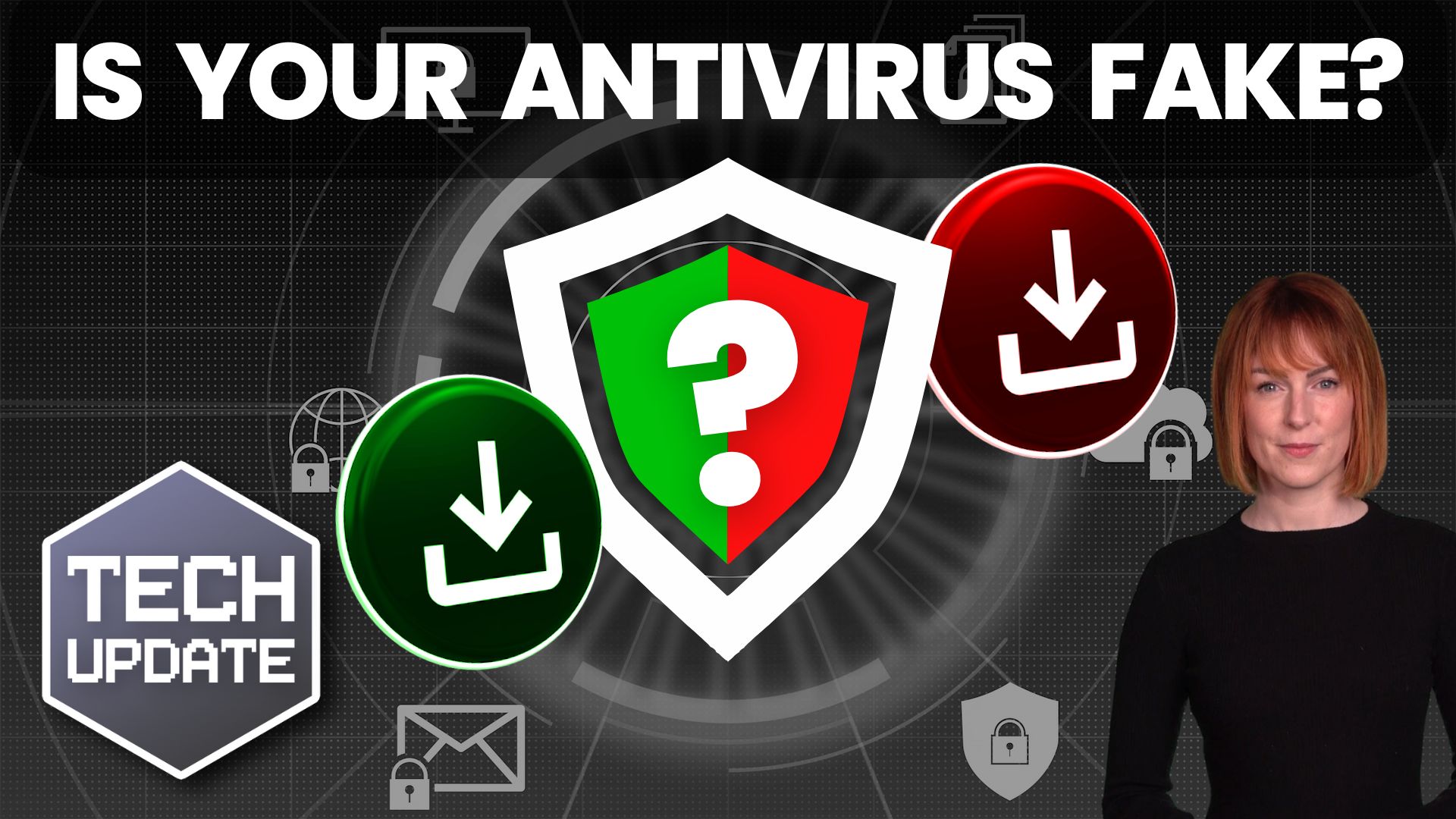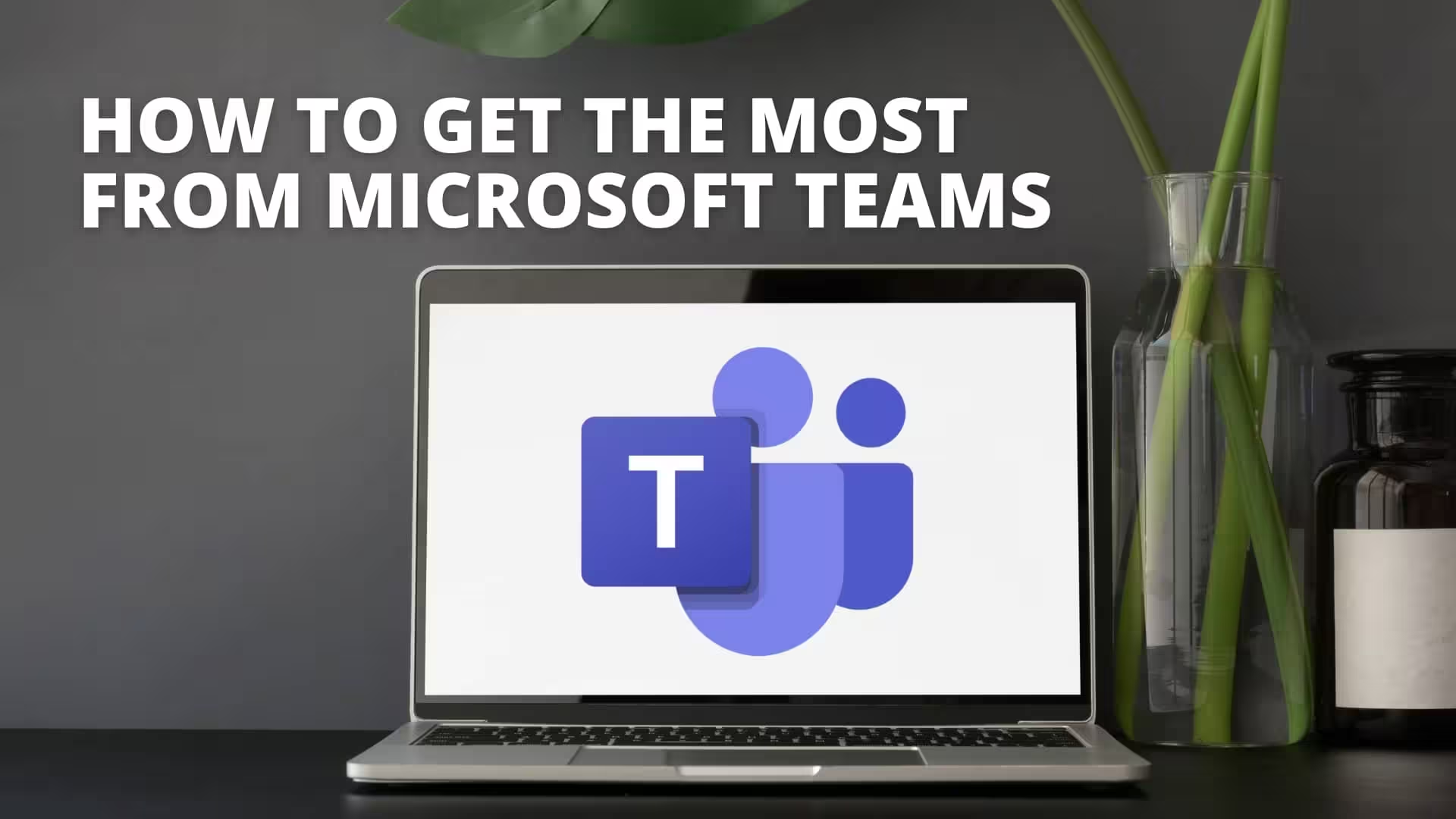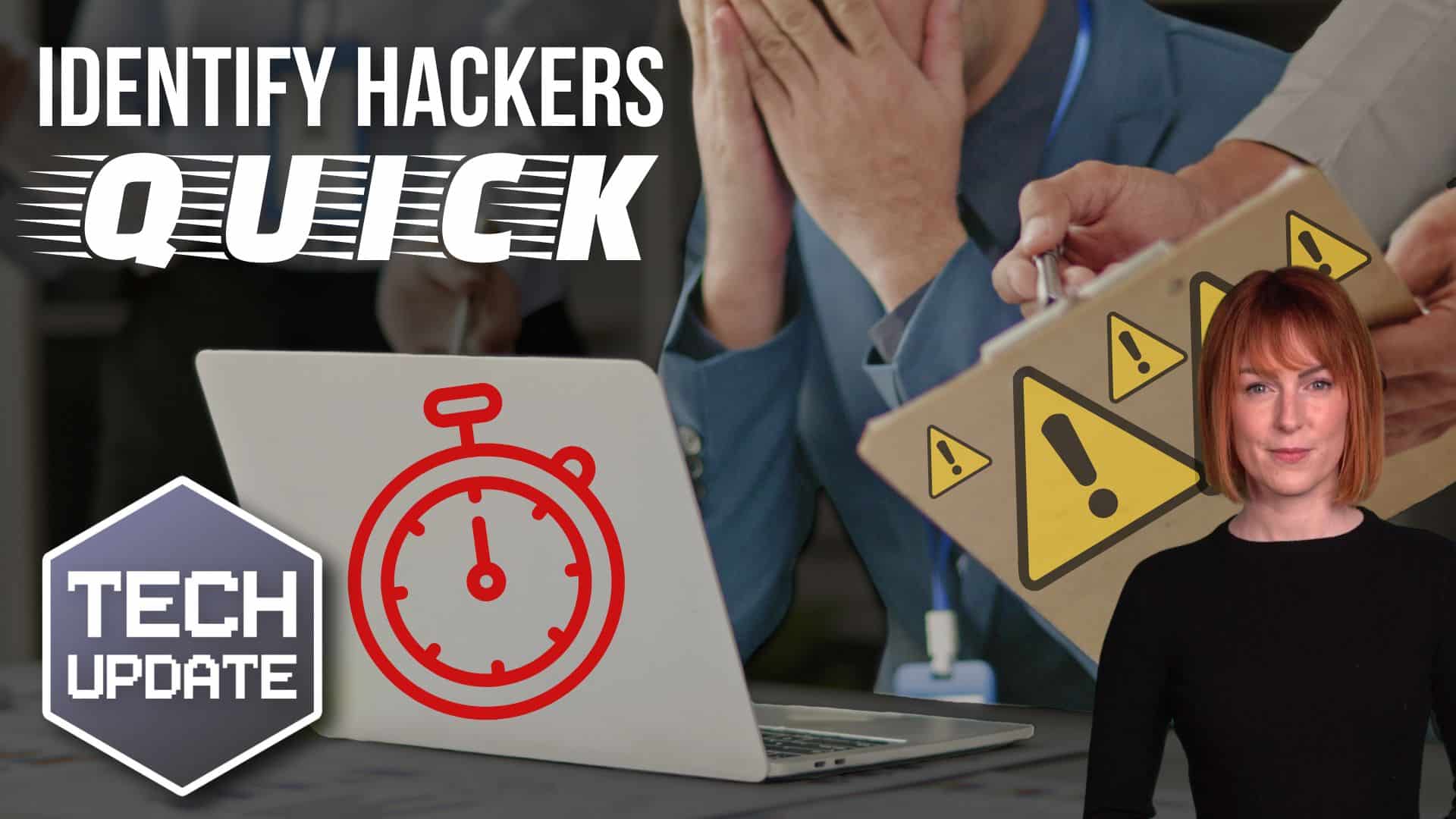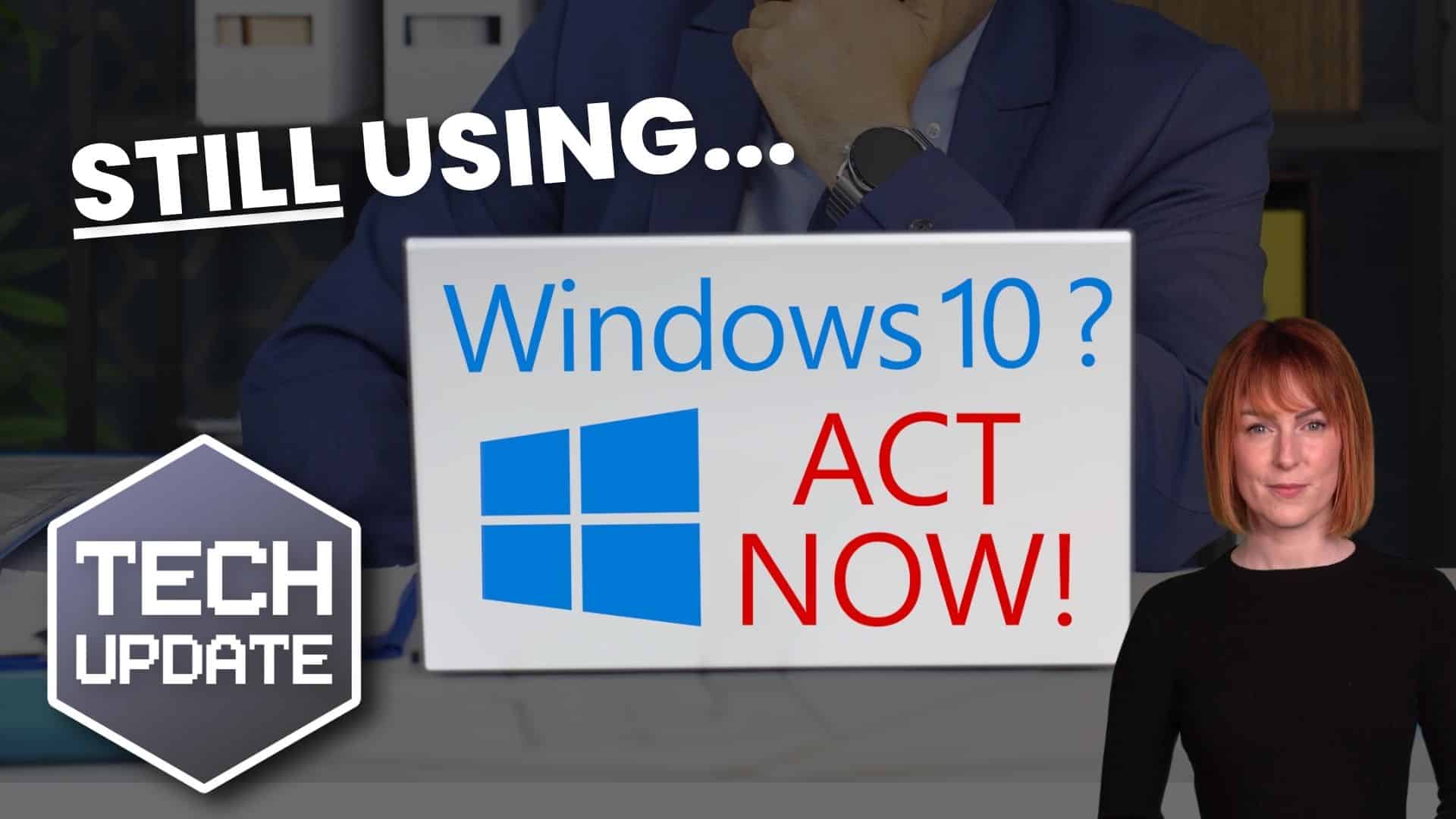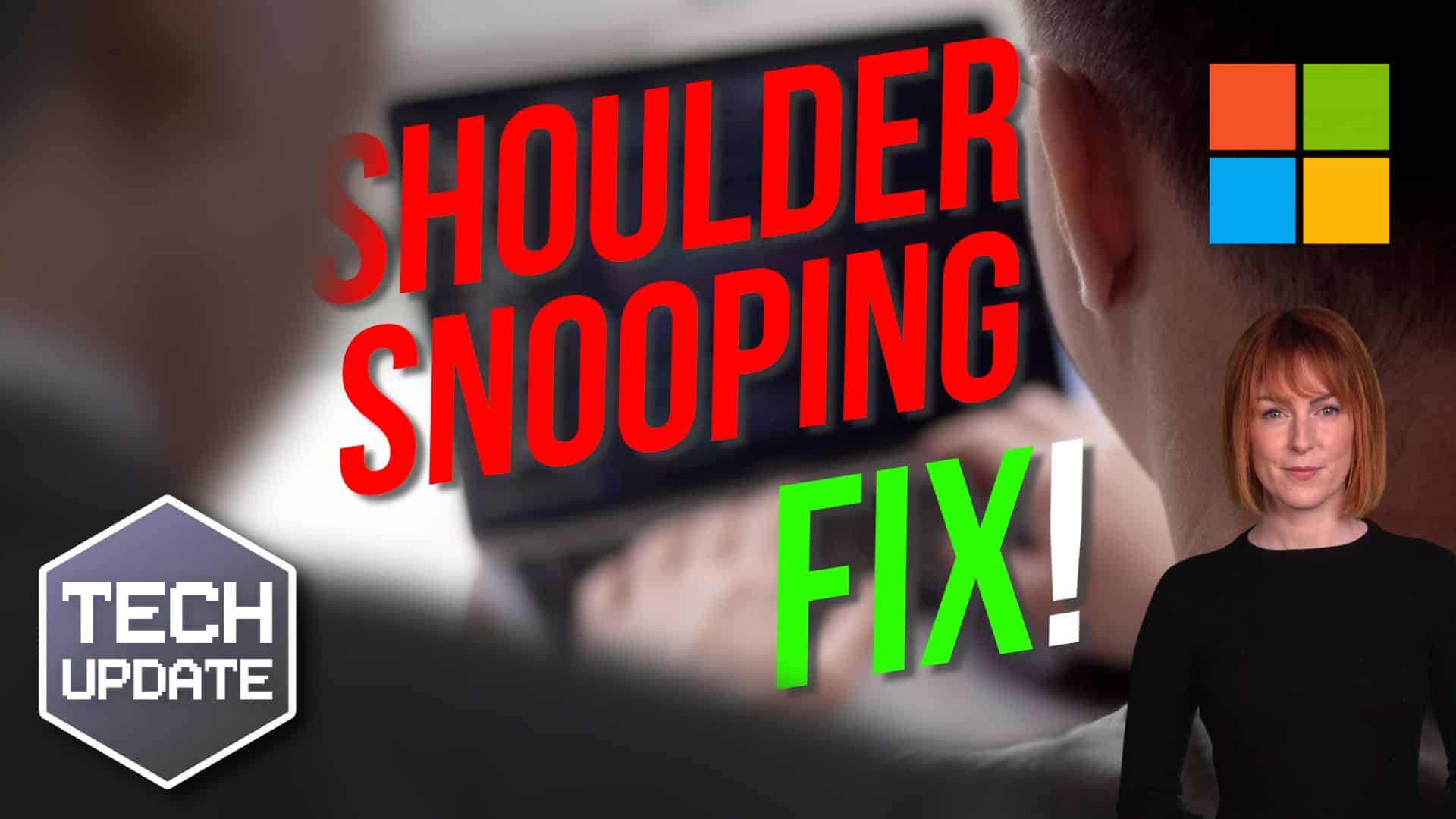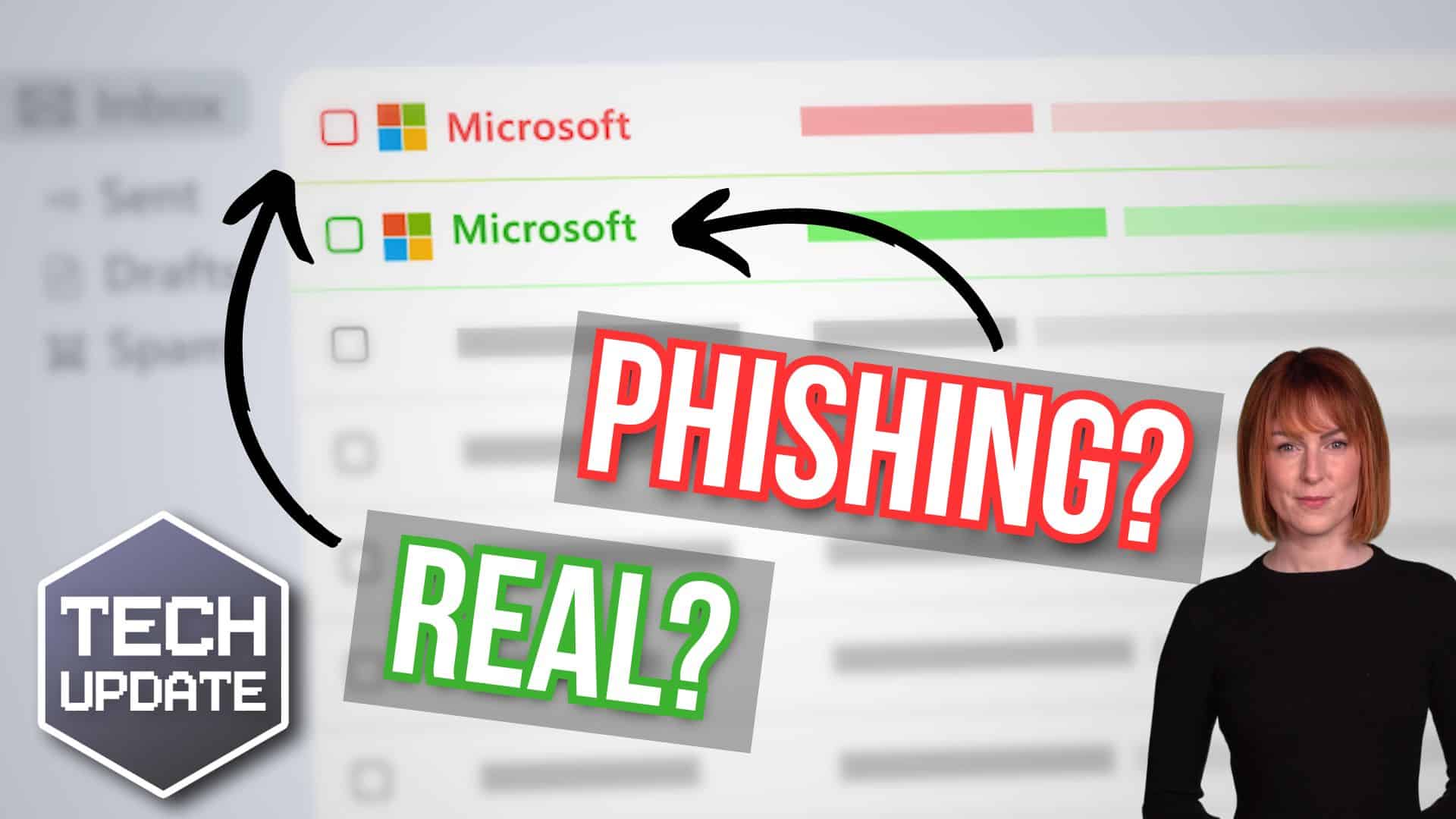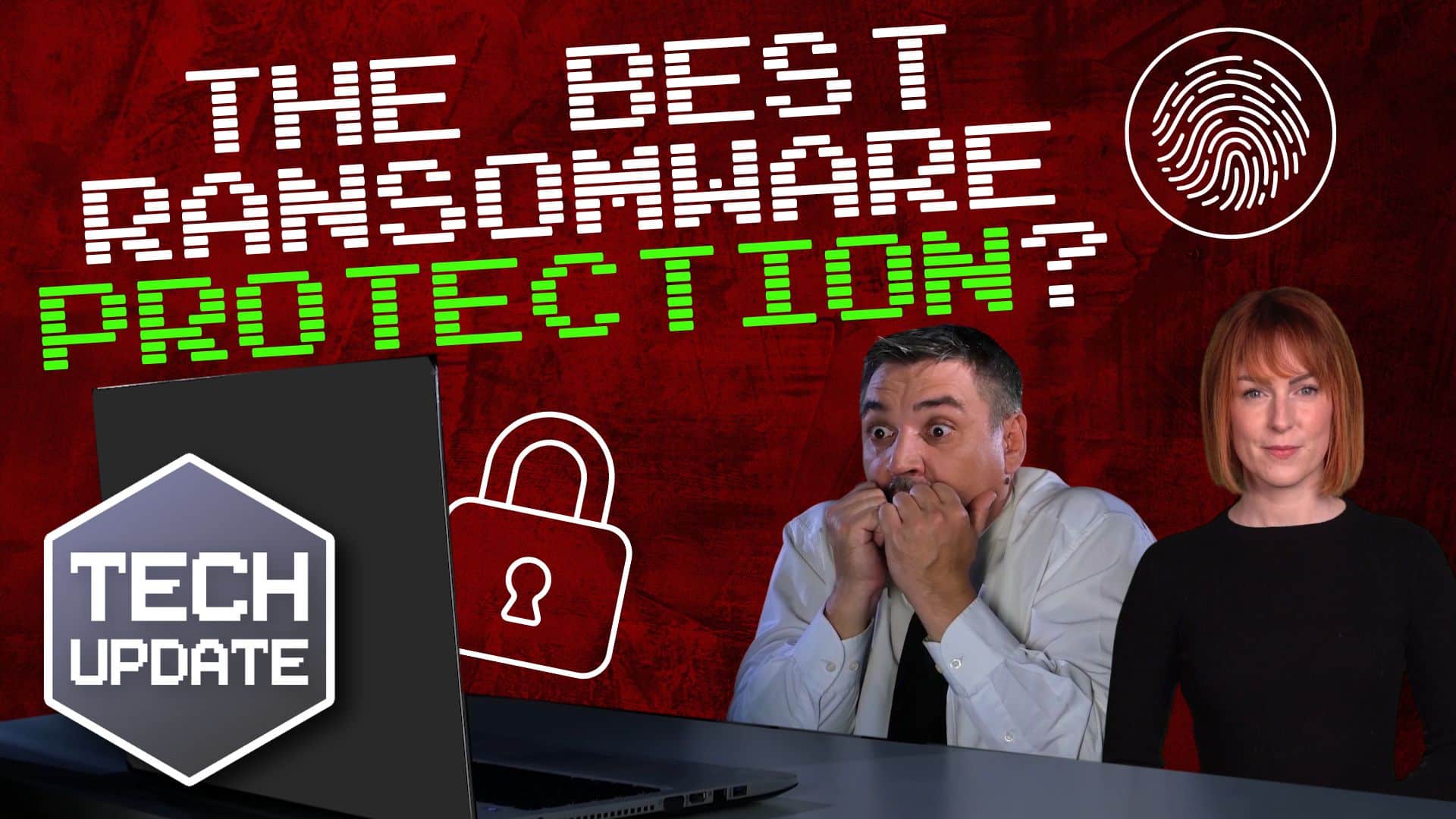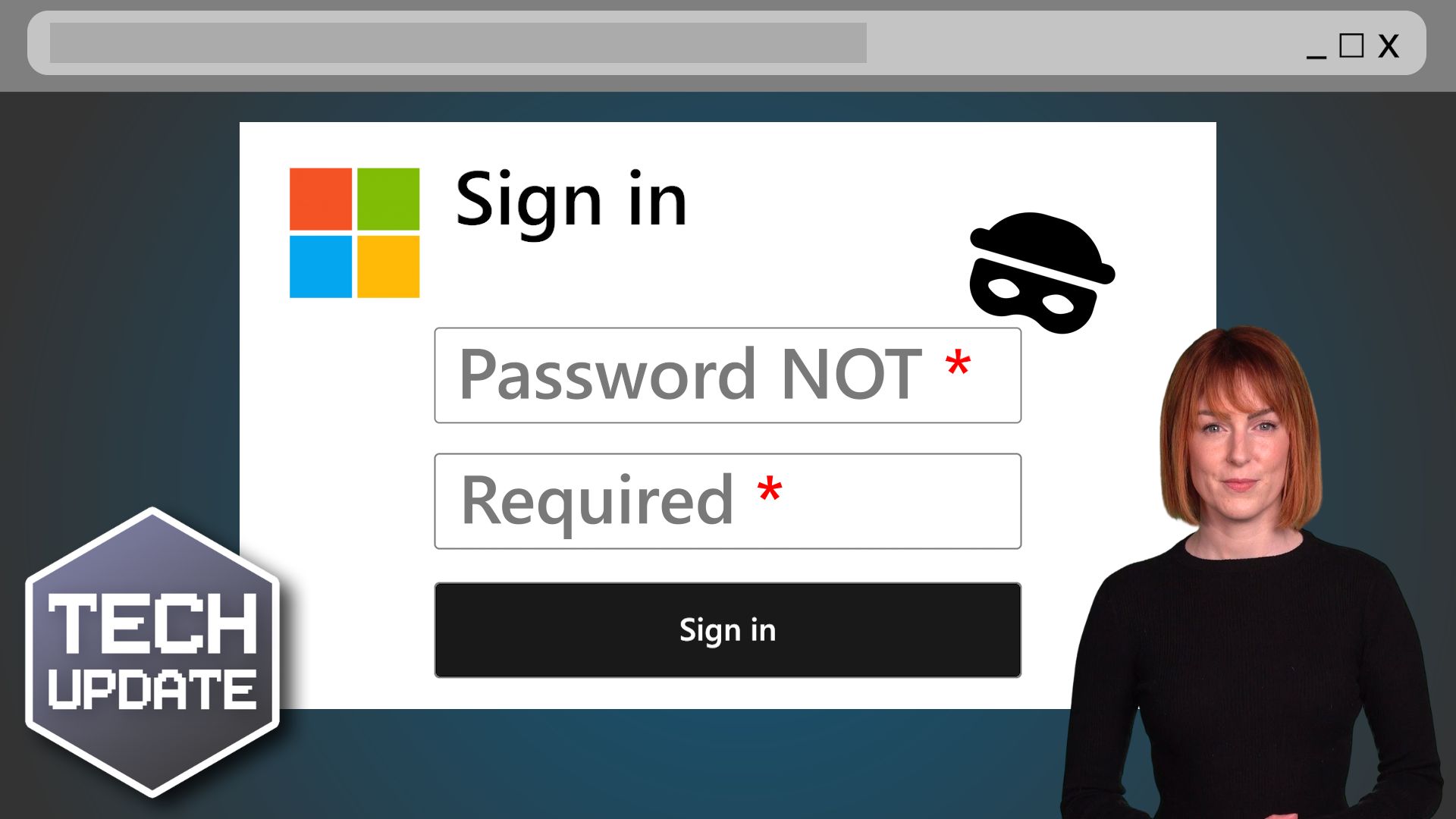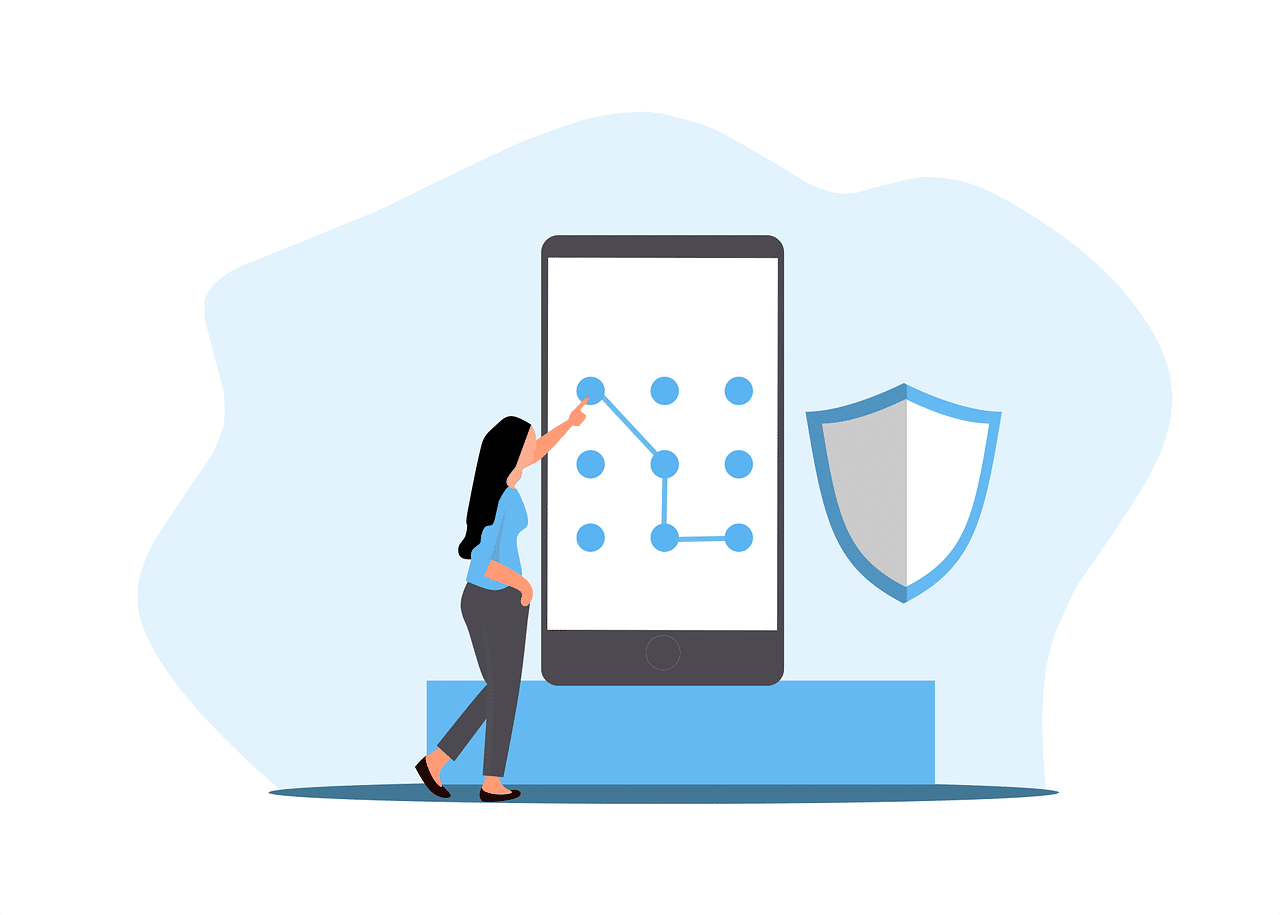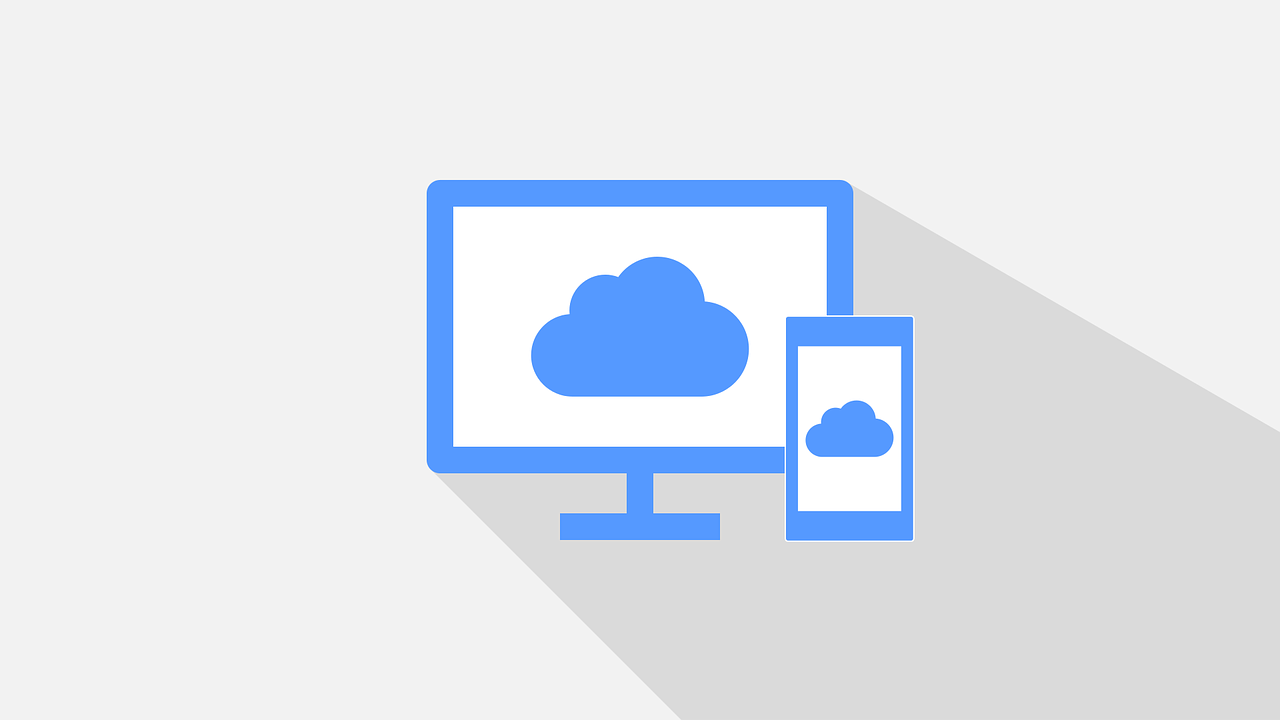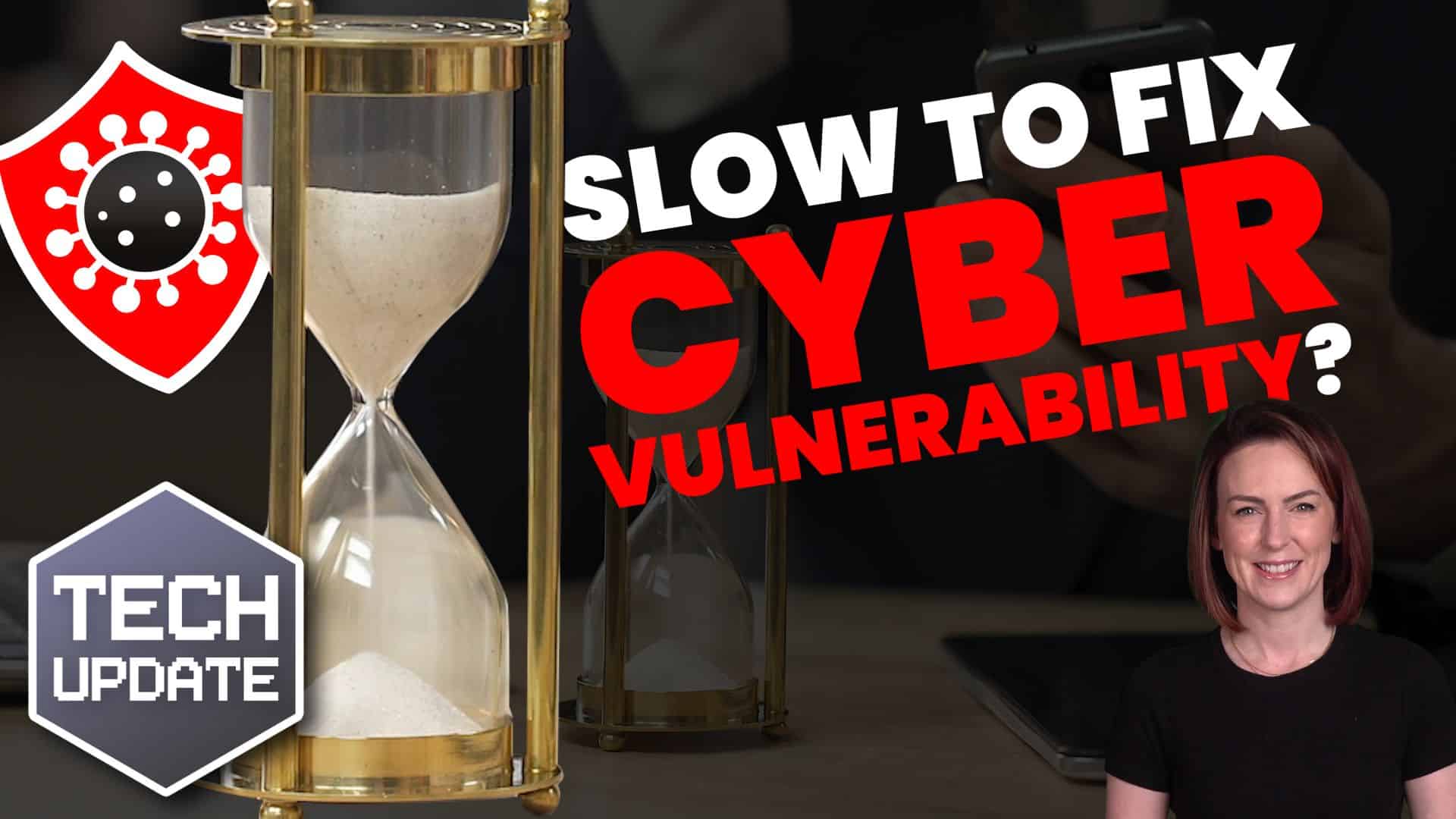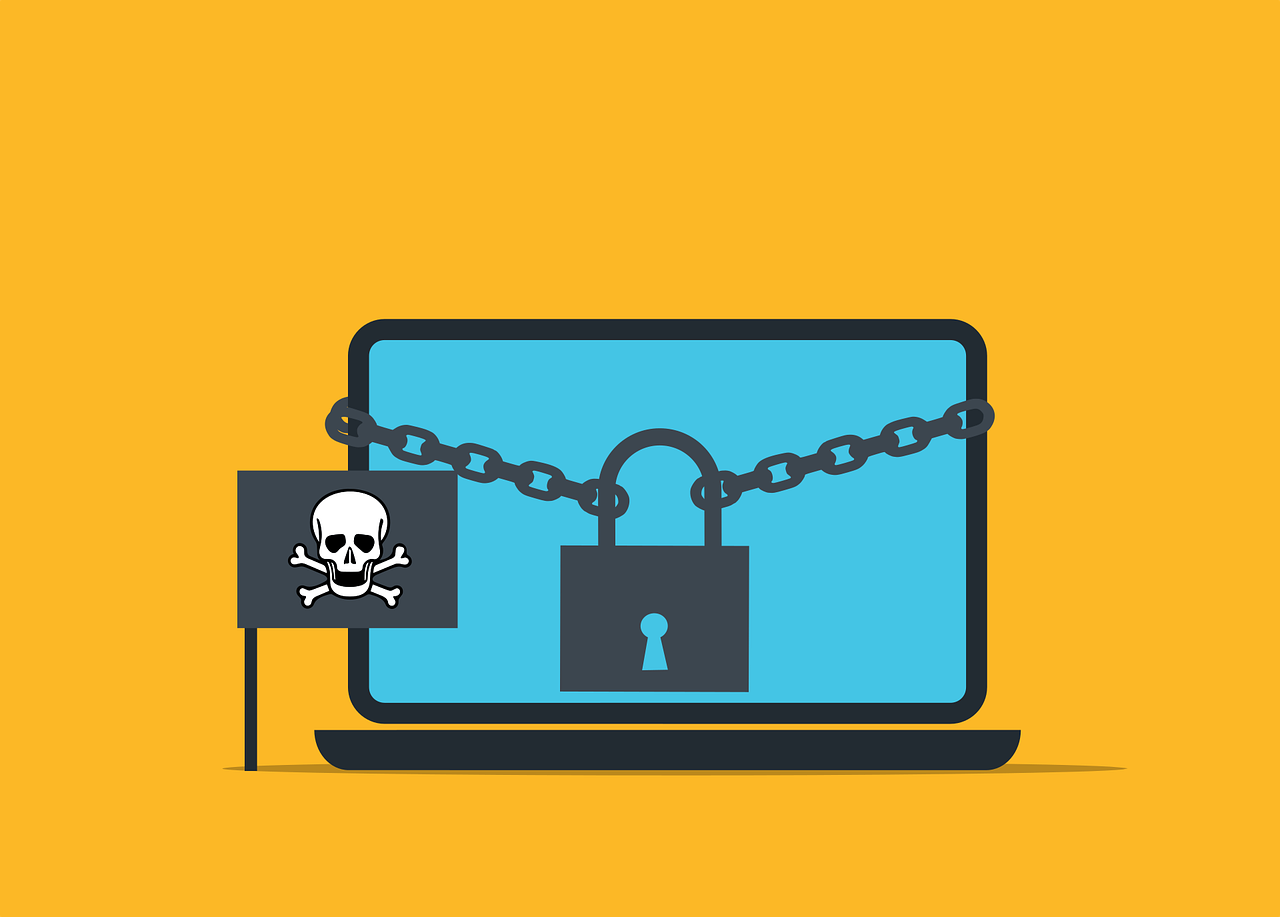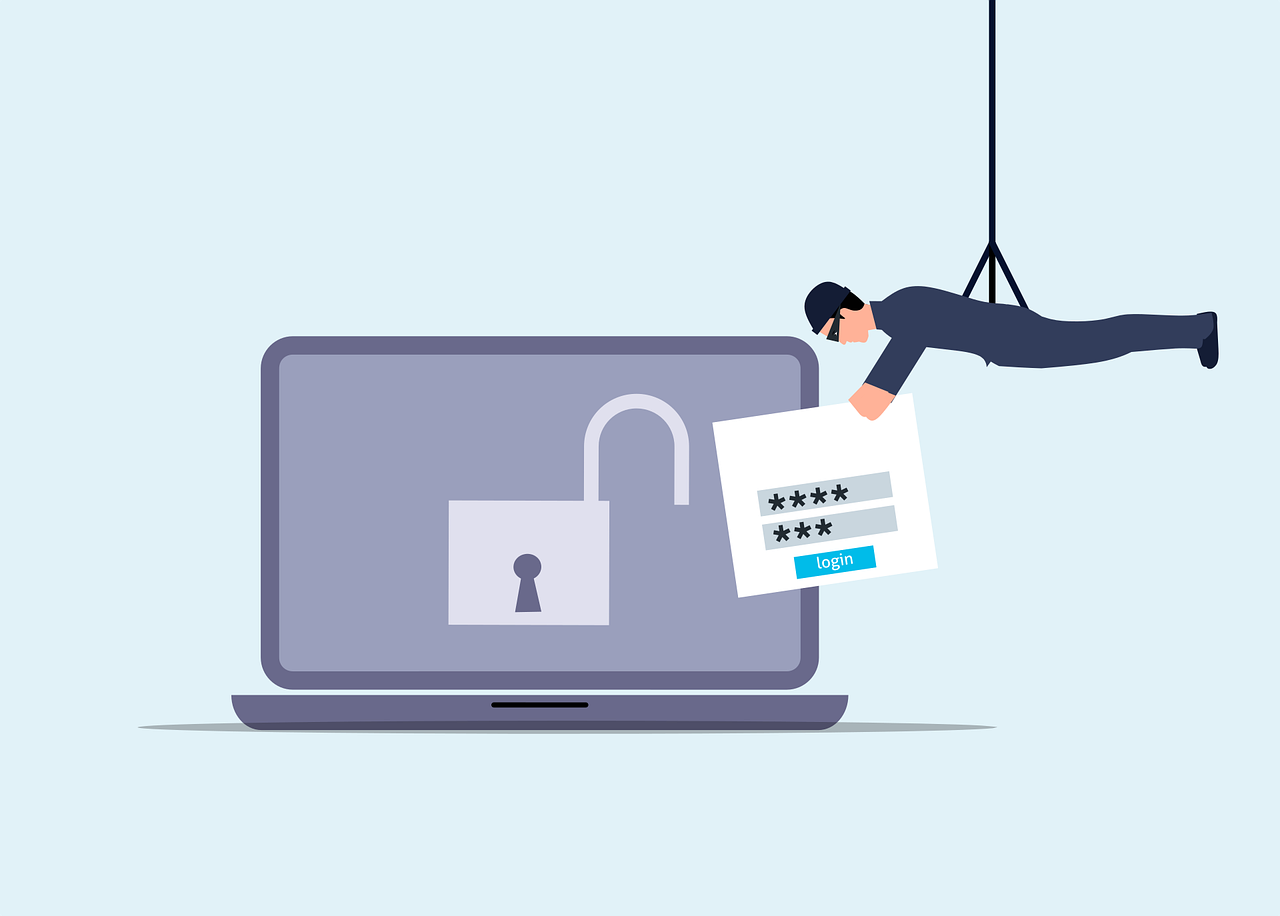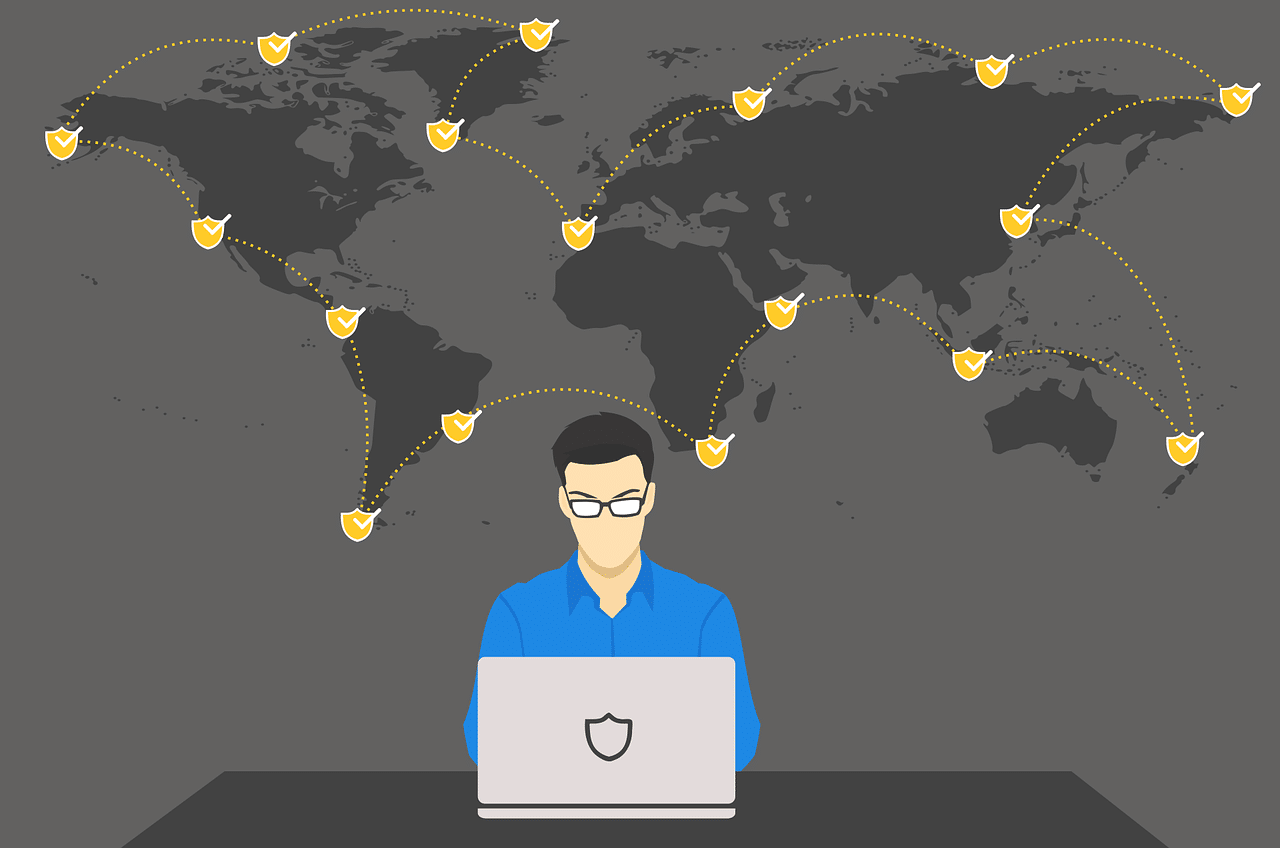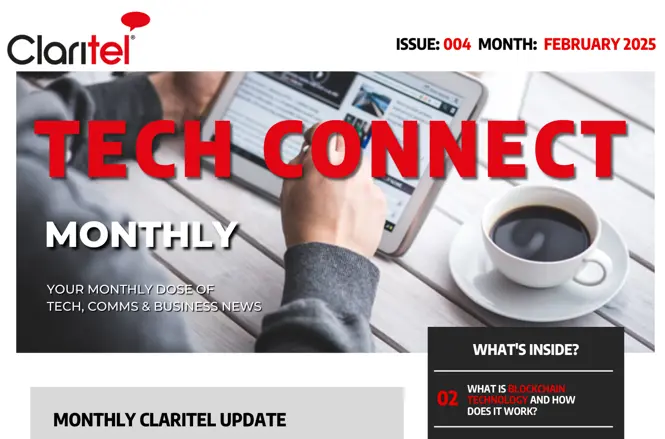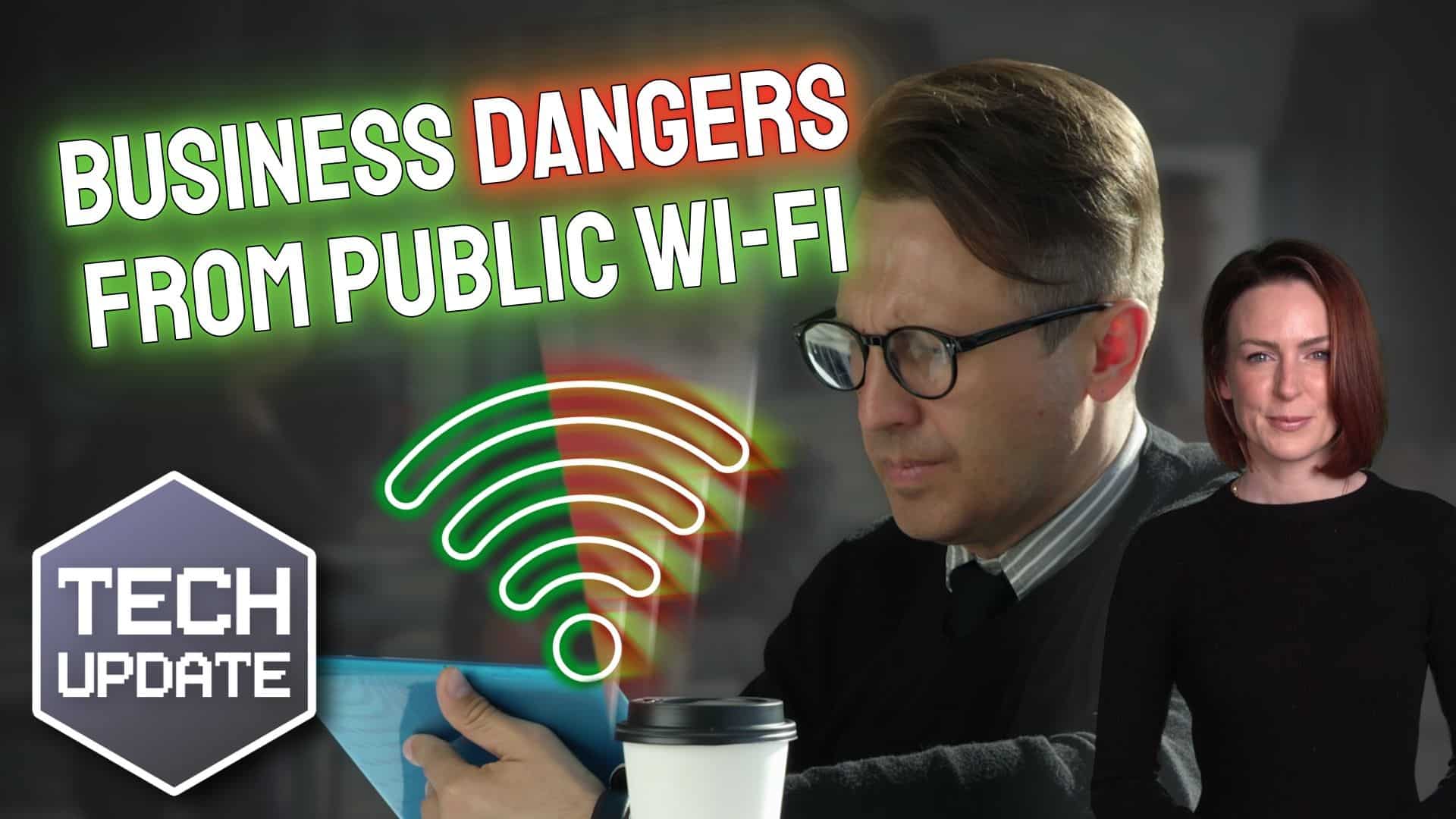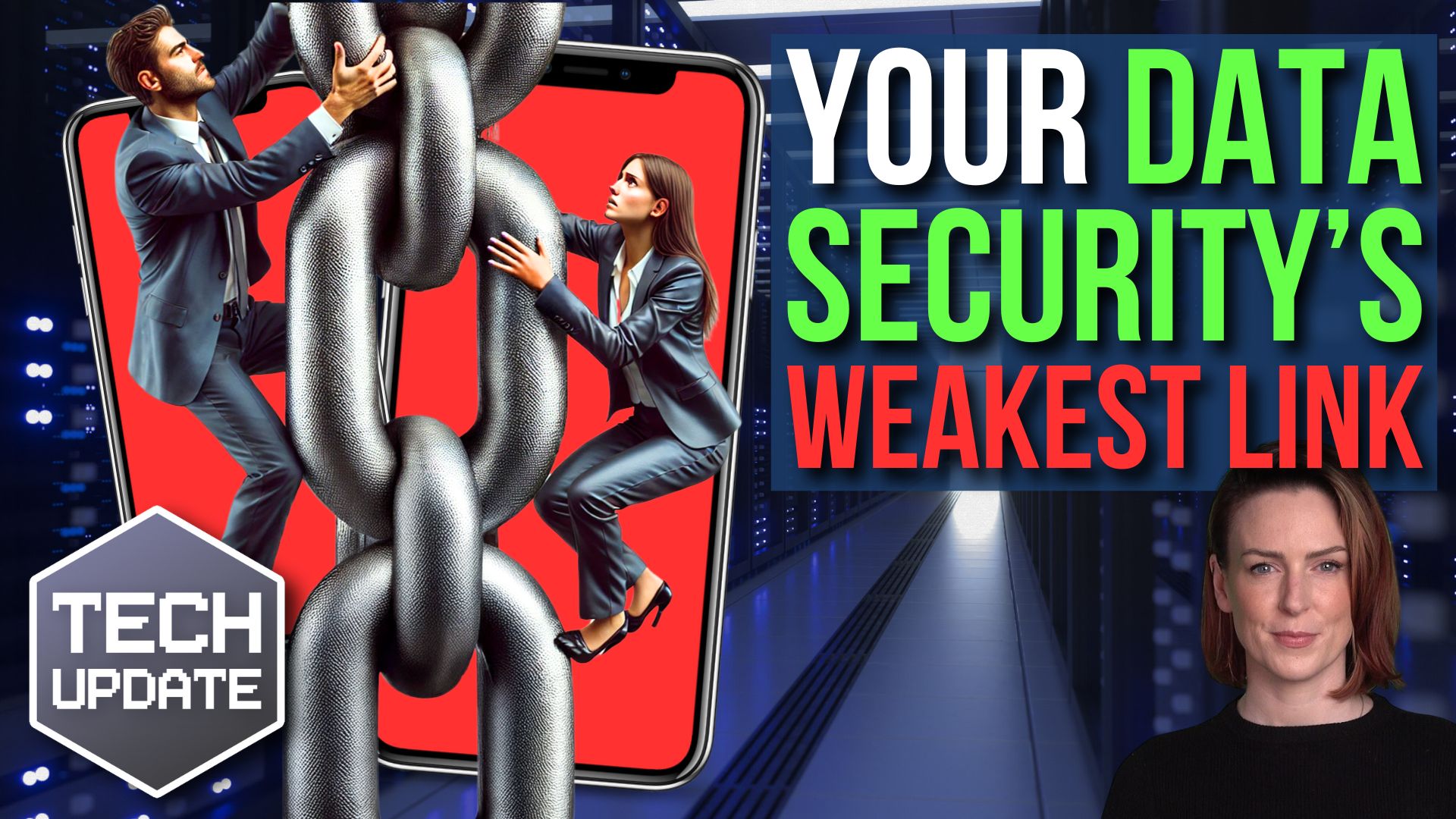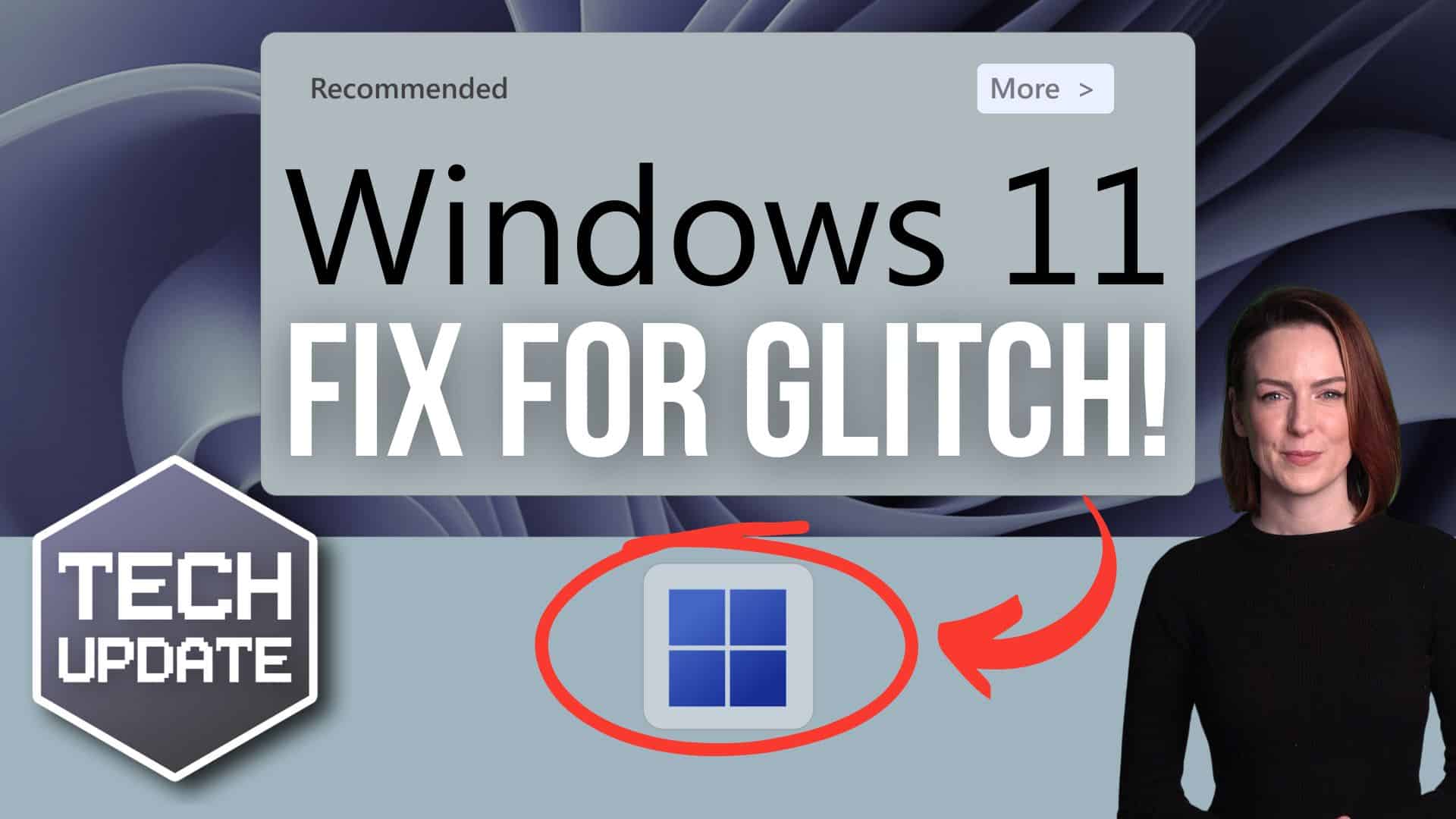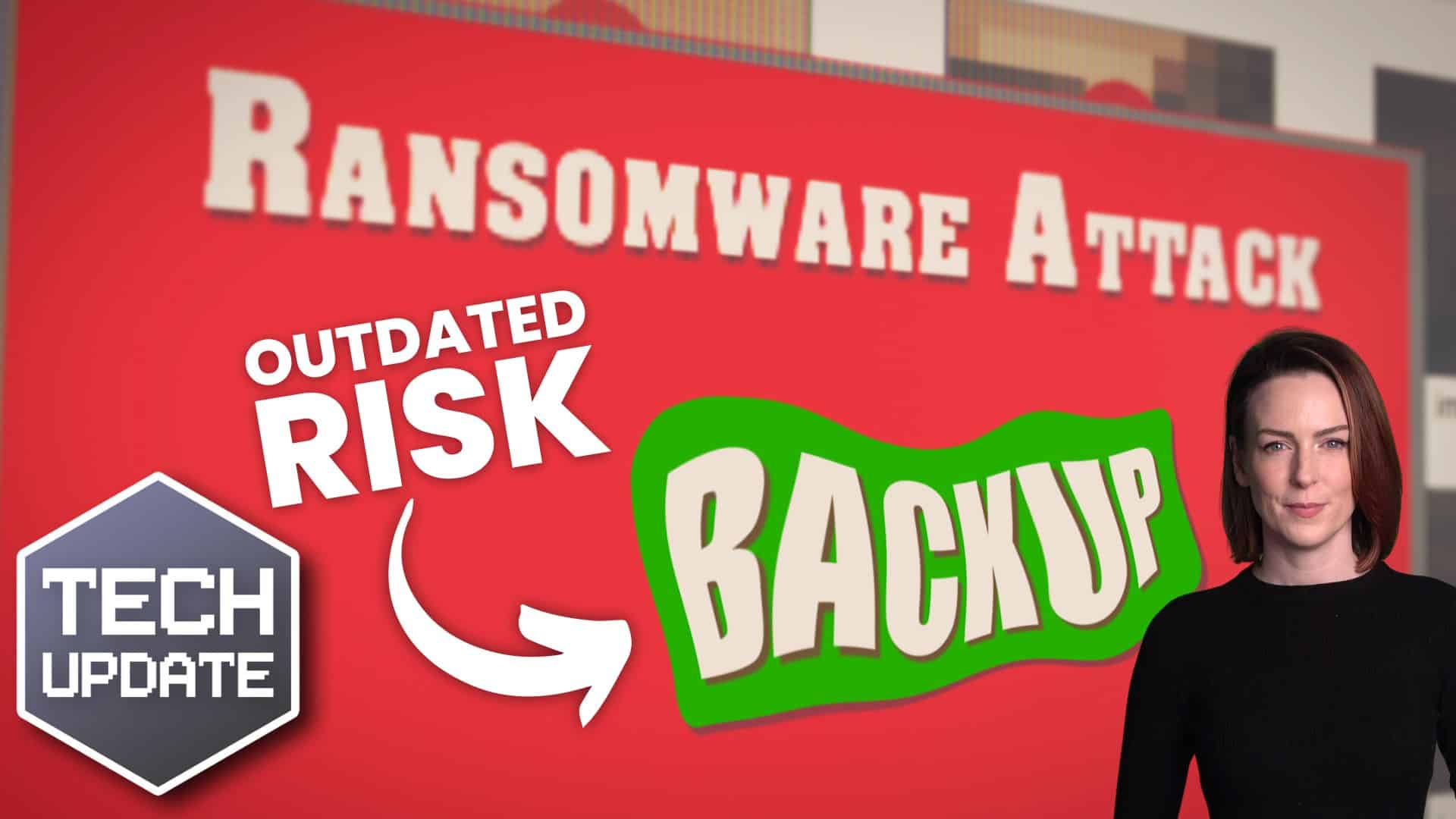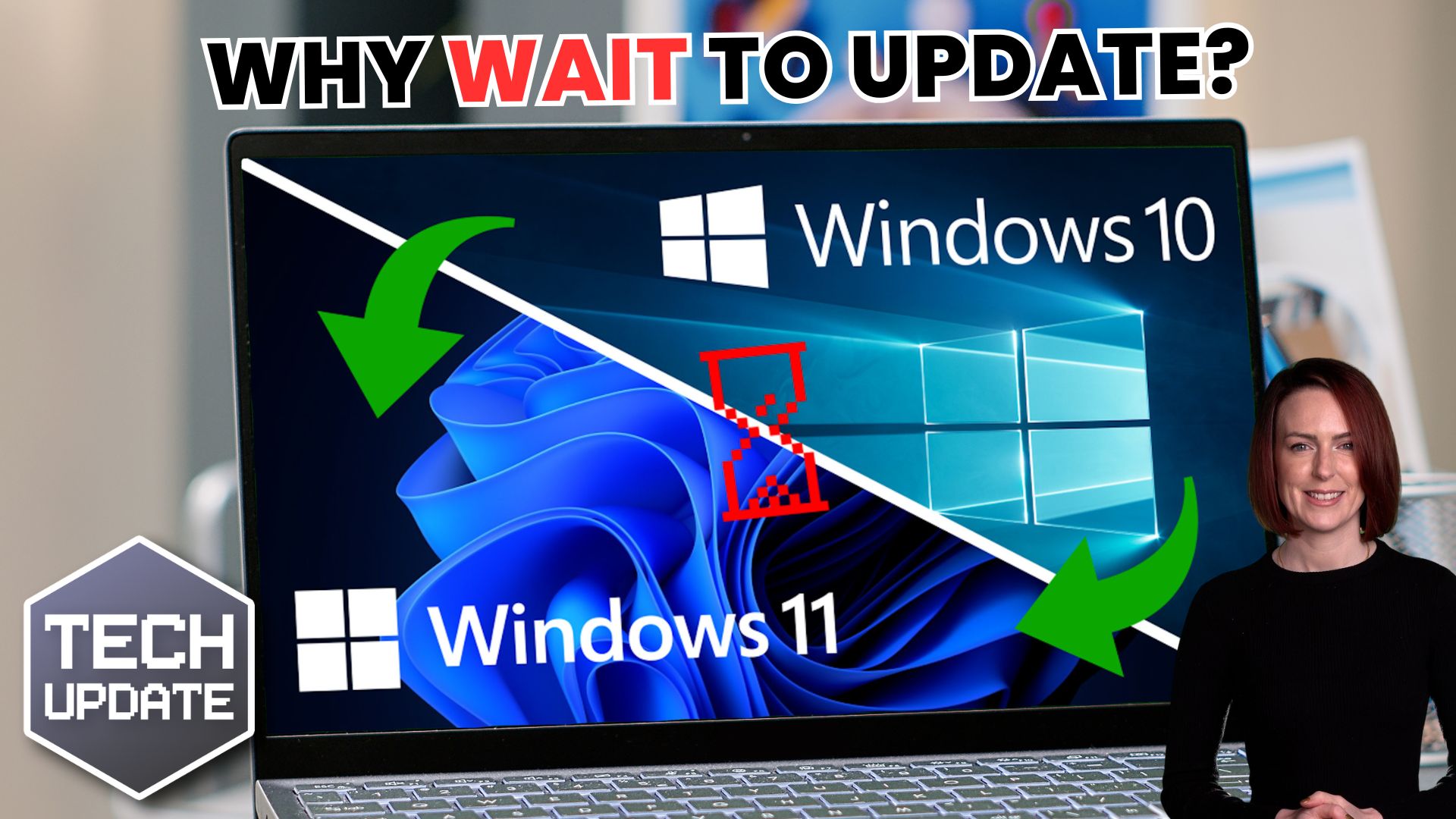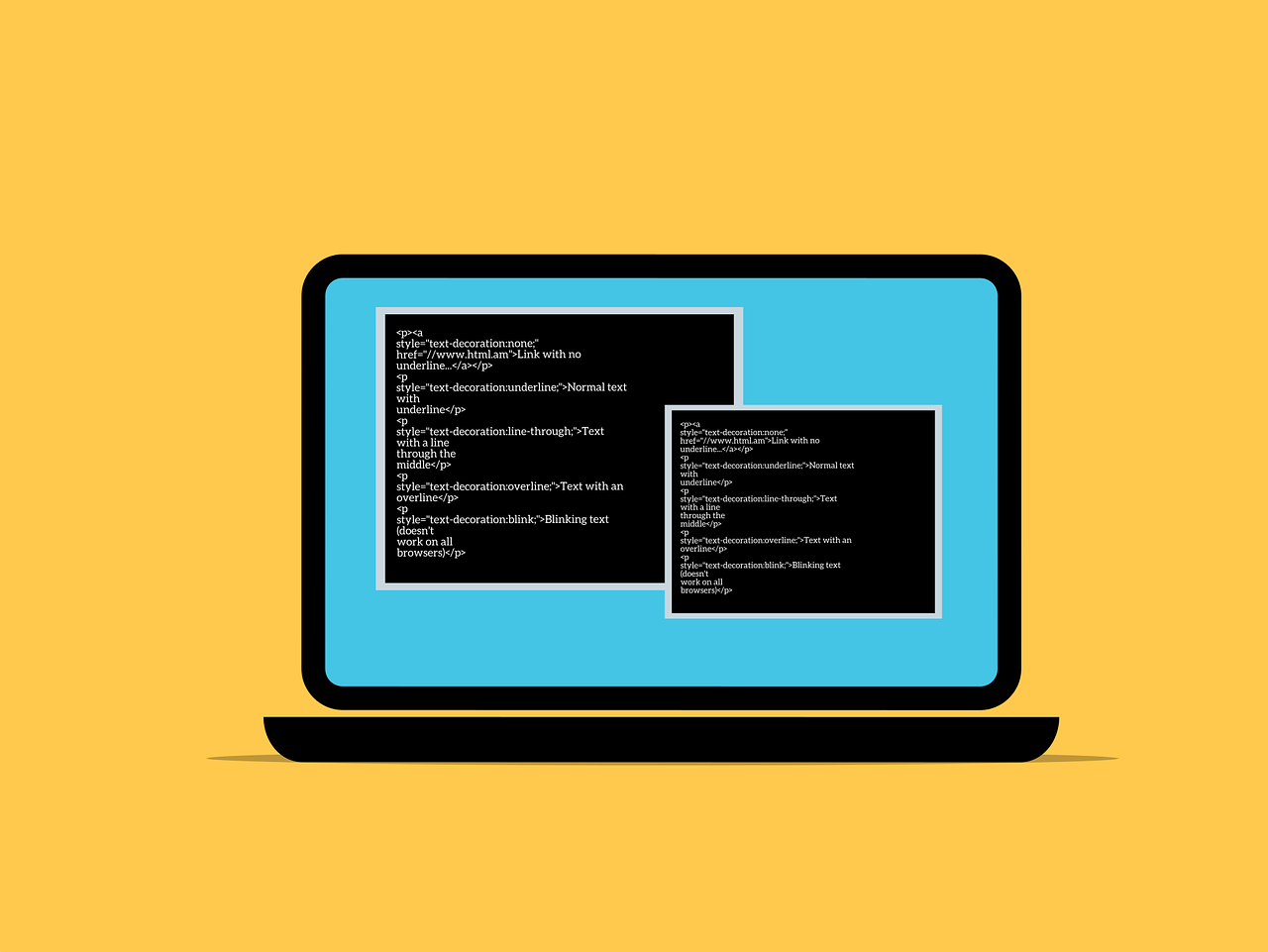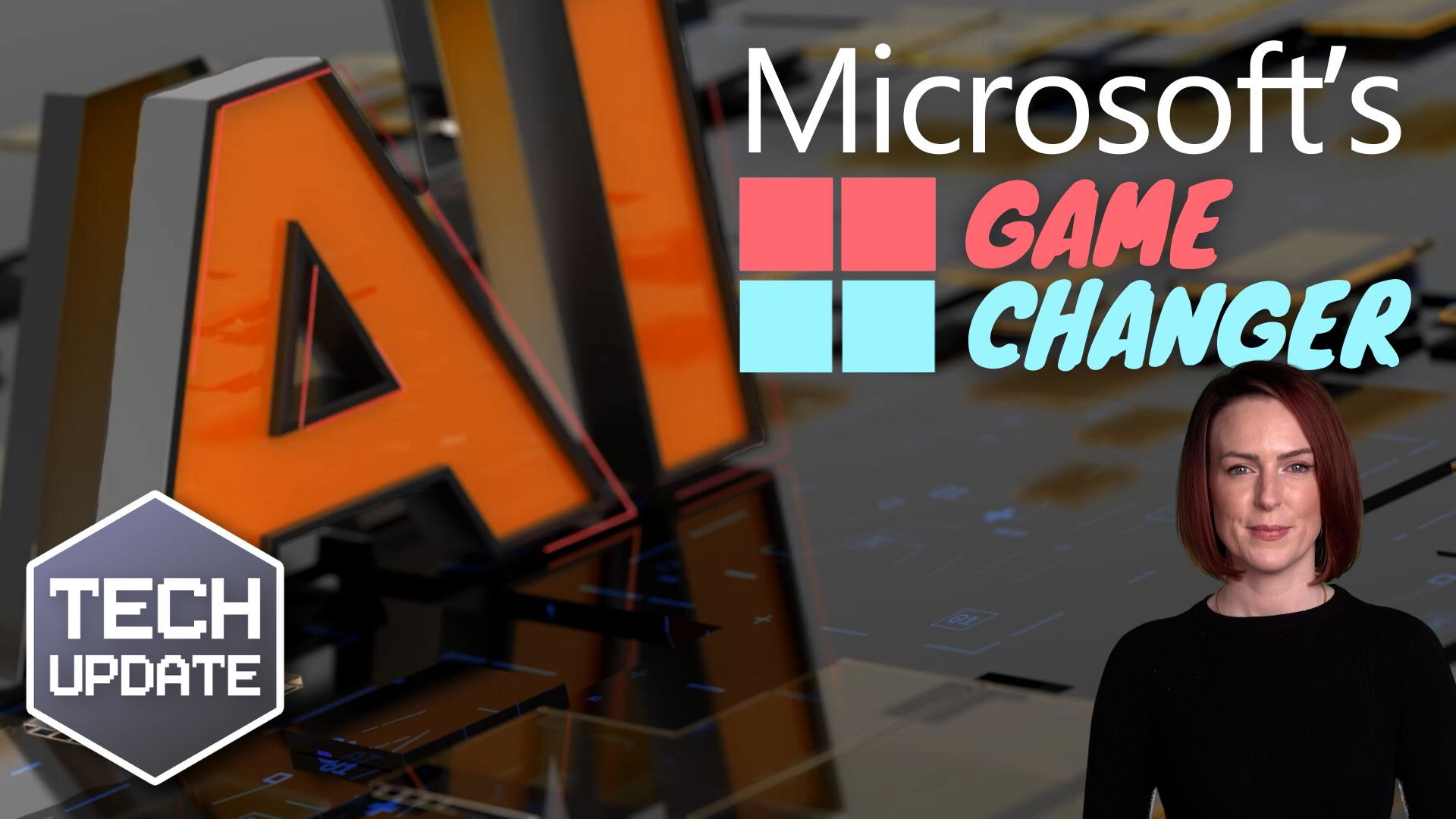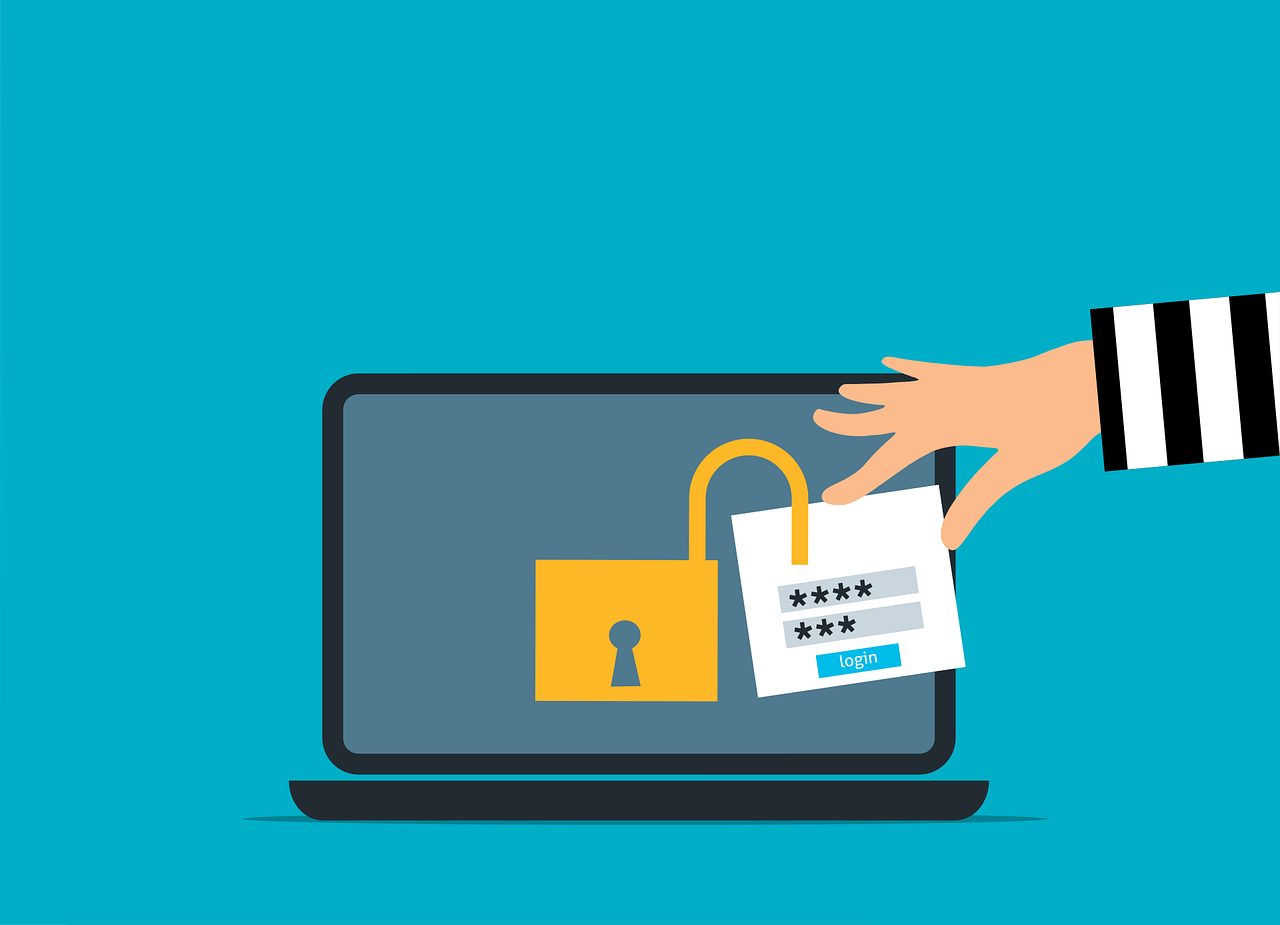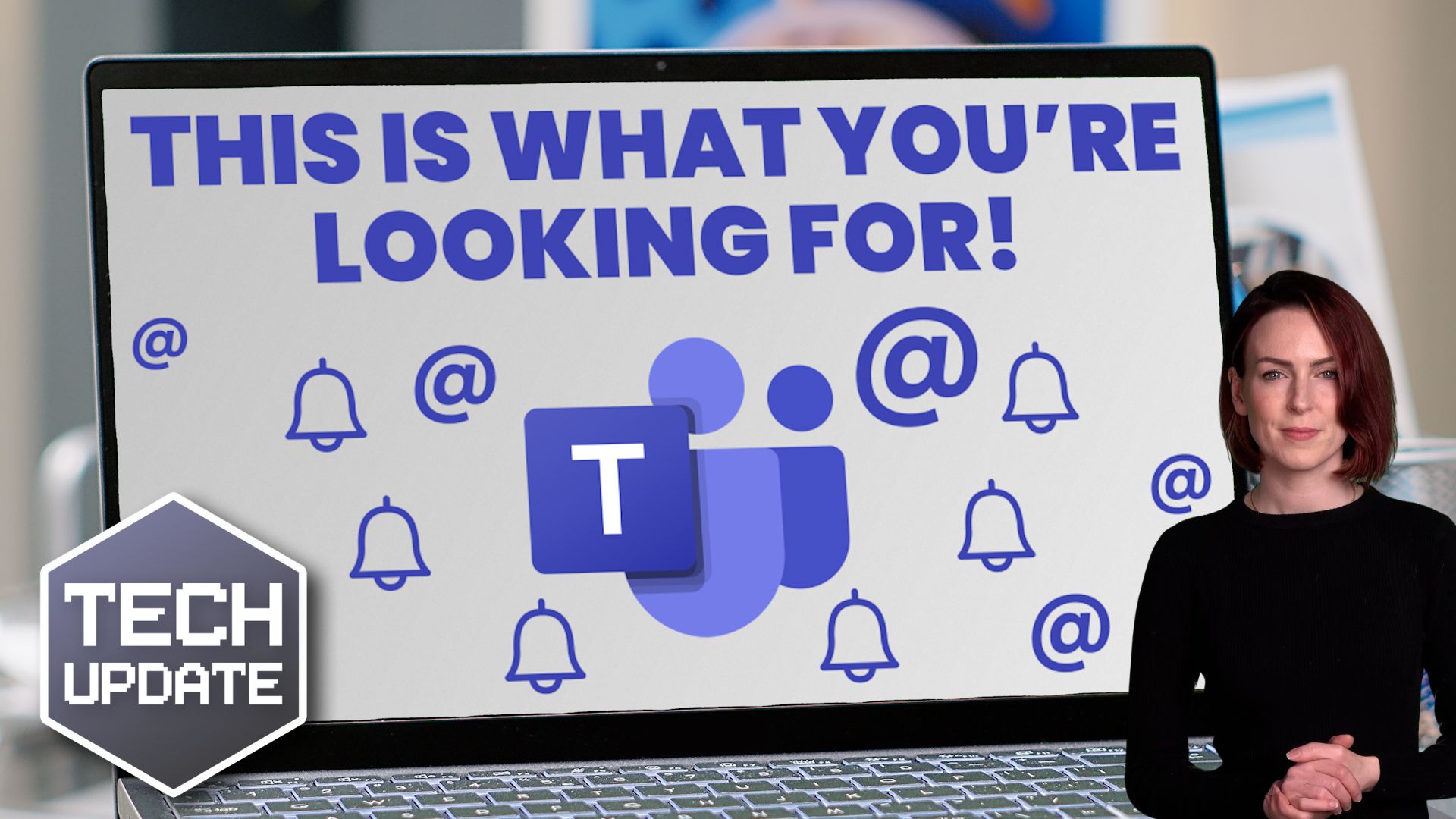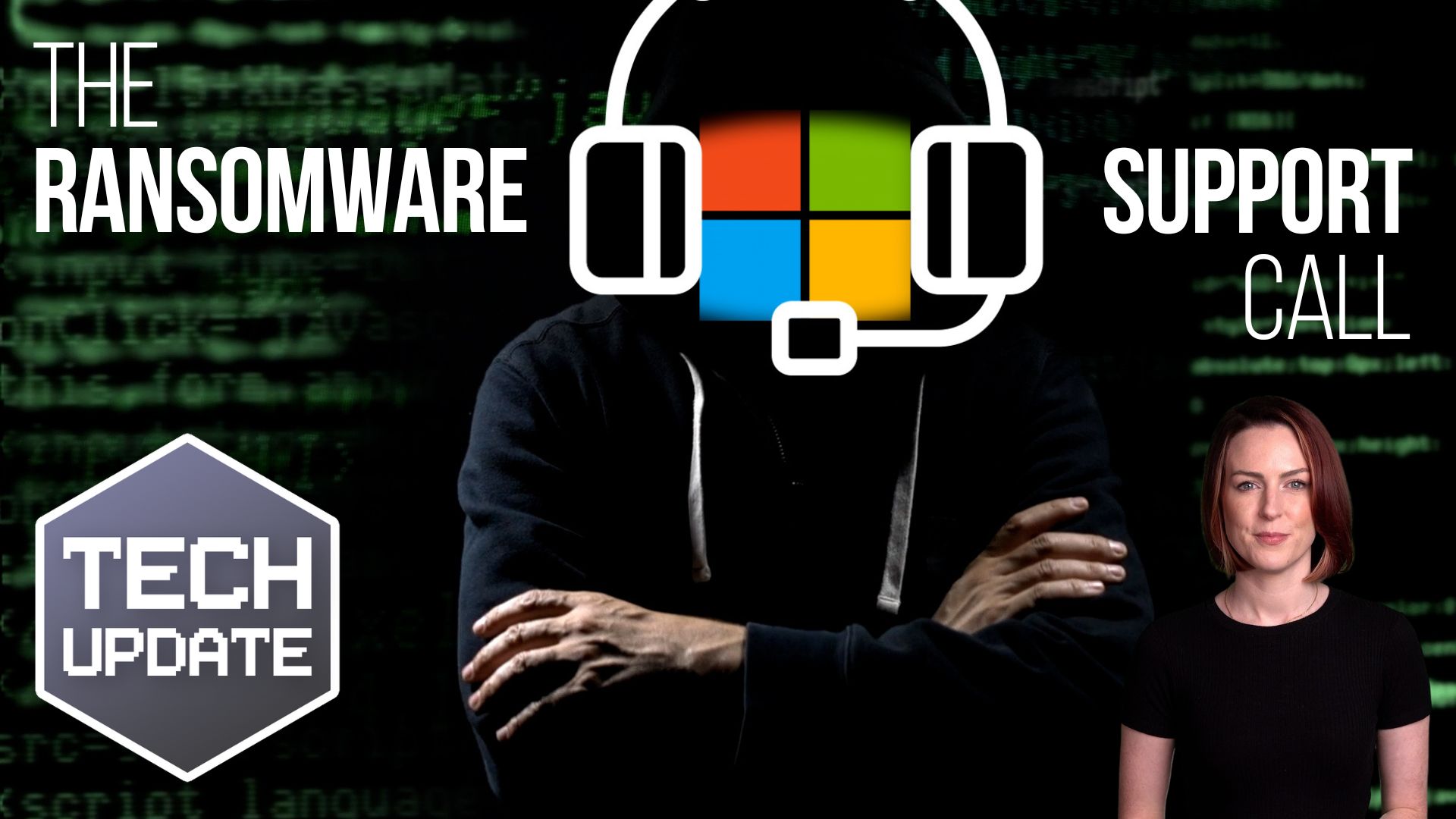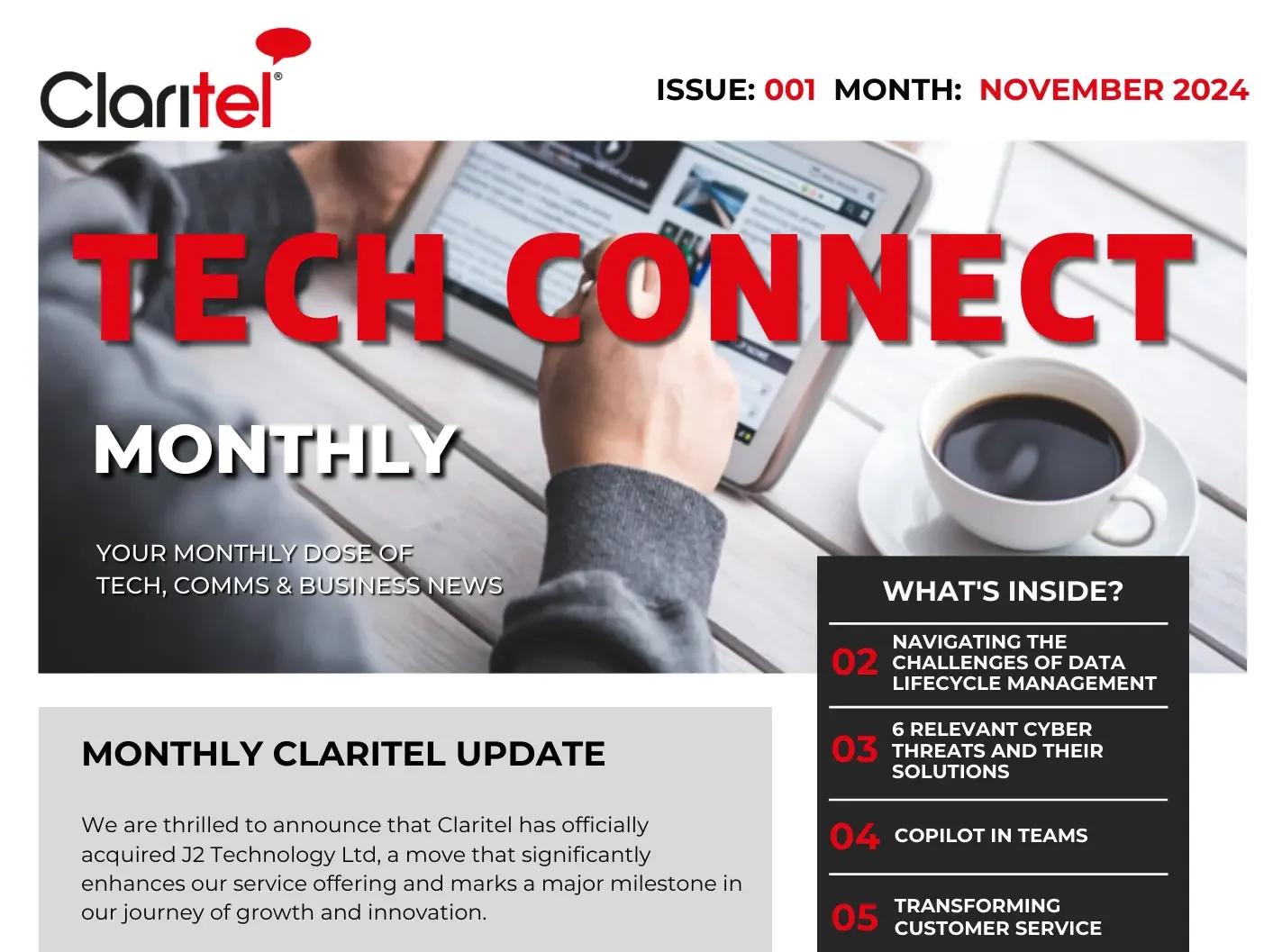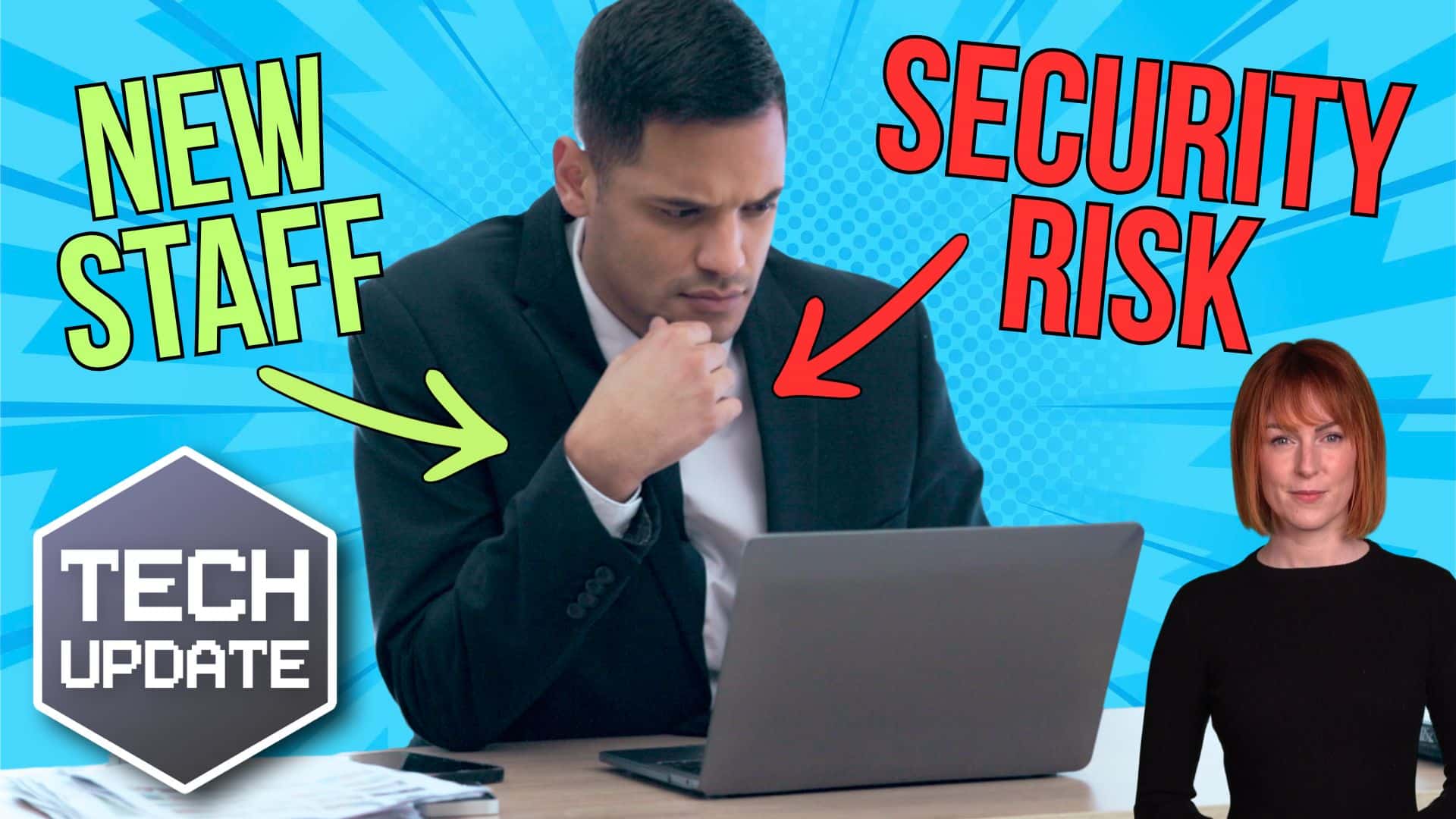

I’m sure you’ve heard it before, that cyber threats are constantly changing. But there’s a reason that this information keeps being parroted: it’s true! Every business, big or small, is a target.
Staying ahead of cyber threats is crucial to protecting your data and keeping your operations running smoothly, but it’s also the piece of the puzzle that most SMBs are missing.
Let’s dive into 6 of the most relevant cyber threats today! Our aim is to make cybersecurity a bit more digestible by sharing some practical ways to beef up your defences.
1. Phishing / Spear Phishing
The Threat:
Phishing is one of the most common forms of cyber threats. A phishing attack uses technical trickery and social engineering to achieve its goals: attackers choose their targets carefully and take on the guise of a trusted source that victims are less likely to question.
It often involves sending emails with malicious attachments designed to steal personal information, or leading victims to an illegitimate website that steals passwords, credit card details, business information, and other sensitive data.
Spear phishing is even more targeted, focusing on specific individuals or organisations!
How to Fight Back:
- Train Your Team: Regularly train your employees to spot phishing attempts. Show them how to recognise suspicious emails, sketchy links, and unexpected attachments so that risk is minimised.
- Email Filtering: Set up email filters to catch phishing emails before they reach your inbox. These filters can flag dodgy content and help keep your team safe from scams, preventing human error completely.
2. Distributed Denial of Service (DDoS) Attacks
The Threat:
Distributed Denial-of-service (DDoS) is an attack that targets the resources of a server, network, website, or computer to take it down or disrupt services.
They overload a system with constant flooding of connection requests, notifications, traffic. As a result, the system denies service requests from legitimate users.
DDoS attacks don’t benefit the attacker directly as they don’t steal any information: they compromise the systems so that they can’t function properly! They can halt your operations completely and result in damages worth thousands of dollars.
How to Fight Back:
- Watch Your Traffic: Use tools that monitor your network traffic for odd patterns that could indicate a DDoS attack. Setting up this detection will allow you or your IT team to act fast when something seems off.
- Limit Requests: Implement rate-limiting to control how many requests a server can manage from a single IP address. This prevents your server from getting overwhelmed and minimises DDOS impact!
3. Man-in-the-Middle (MitM) Attacks
The Threat:
A MitM attack occurs when a hacker inserts themselves between the communications of a client and a server.
Cybercriminals use session hijacking to gain control of the victim’s sessions and get access to resources or data. The most common method is IP spoofing, where the hijacker uses the IP of the trusted client to avail unauthorised services from a server or application.
This kind of unrestricted access to your business’s most secure resources brings clear downsides…
How to Fight Back:
- Use VPNs: Encourage using Virtual Private Networks (VPNs) to encrypt data on public networks. VPNs provide a secure way to communicate, making it hard for hackers to intercept and hijack your information.
- Two-Factor Authentication: Implement 2FA to double-check user identities! This adds an extra layer of security, making it tough for attackers to break in even if they get hold of your credentials.
4. Malware Attacks
The Threat:
Malware, or malicious software, is designed for compromising a system for a purpose.
A user can unknowingly download malware that infects a system and replicates itself, and it can be designed to act in many ways, just like software.
How to Fight Back:
- Install Security Software: Get antivirus and anti-malware software on all your devices. Along with other safeguards, make sure to scan your systems to catch any malicious software before it causes trouble.
- Keep Everything Updated: Ensure all your software and systems are up to date with the latest security patches. Closing security gaps is key to keeping malware at bay!
5. Drive-By Attacks
The Threat:
Drive-by attacks use various online resources to compromise a user’s system. Contrary to other forms of cyber-attacks, a user doesn’t have to do anything to initialise the malicious software or virus. A single click on a pop-up window or website link can do the job!
Drive-by attacks are being increasingly used to spread viruses due to their ability to run in the background, meaning they aren’t visible to users.
How to Fight Back:
- Web Filtering: Use web filtering solutions to block access to known malicious websites. This helps prevent users from accidentally visiting harmful sites and giving drive-by attacks a chance to run.
- Secure Browsers: Make sure browsers are updated with the latest security patches and configurations to prevent vulnerabilities from remaining. Proactive updating is the best way to minimise the threat of a drive-by attack!
6. Password Attacks
The Threat:
Password attacks are simple: they enable cybercriminals to gain unauthorised access to user accounts and networks with, well, their passwords!
From using unsecure passwords to someone in your office finding your password on a sticky note, there are many ways for a password attack to be enacted. Attackers may spy on your network, use decryption tools, or use brute force to break your passwords.
How to Fight Back:
- Password Managers: Encourage the use of password managers to create and store strong, unique passwords for each account. This reduces the risk of successful password attacks substantially by making it much less likely for your passwords to be guessed!
- Account Lockout Policies: Set up policies that temporarily lock accounts after several failed login attempts. This prevents brute-force attacks and alerts you to potential security threats as they are occurring! Combined with MFA, vulnerabilities are significantly removed.
Stay At the Forefront of Cybersecurity
Cyber threats are always evolving, but staying informed and proactive makes all the difference! Implement the above solutions to strengthen your cyber shield and keep your business secure.
Any questions at all or would rather have an IT team manage these solutions for you? Claritel is here to help! Get started by downloading our free Cybersecurity Essentials Booklet at go.claritel.co.uk/cybershield.
By prioritising cybersecurity, you’re setting your business up for success. Don’t wait until it’s too late!




